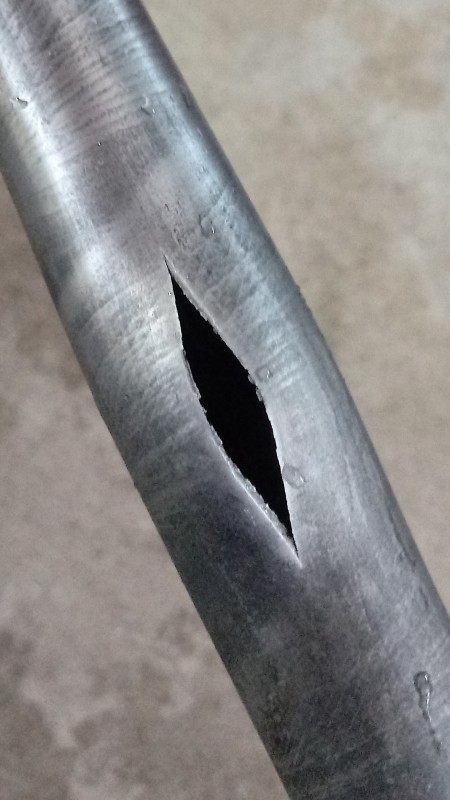MrComputer
Mechanical
I am working on a project where we have a custom pressure vessel that is made with 1in DOM tube with some end caps brazed onto the ends. The intention is to pressurize this up to 9ksi with nitrogen gas for a test we are doing. I had no involvement with the design of the vessel; however, I am not trusting of the brazed end caps for such high pressure. I had two of these vessels hydro tested today and both of them lost pressure and began leaking at 8ksi. Further inspection does not reveal any leaks or visible cracks in the vessel. Is it possible this leak/loss of pressure was solely due to the threads? Unfortunately, it is an NPT thread. After the test failed at 8ksi, we were able to retest it up to 8ksi before it started leaking again. Being new to hydro-testing, is this a common result? Is the ability to re-pressurize to a high pressure a sign that there is a bad connection or would this be an indicator of a crack in the material or end cap braze?


